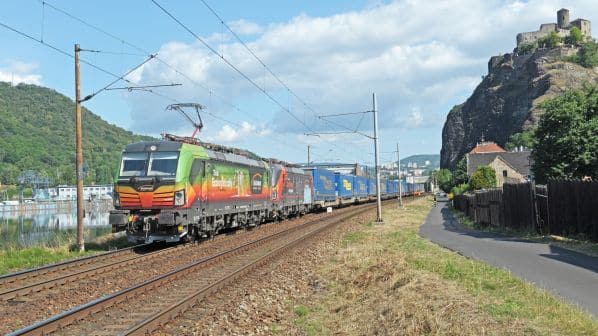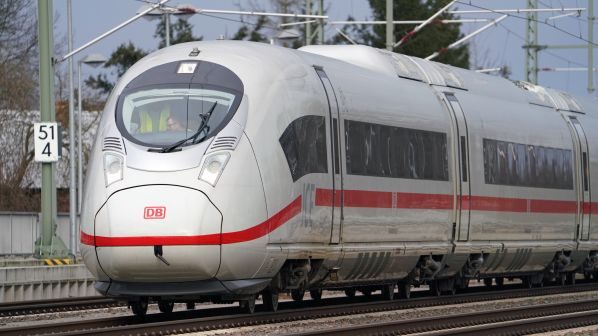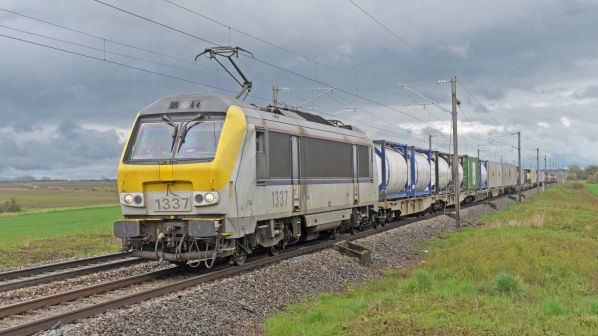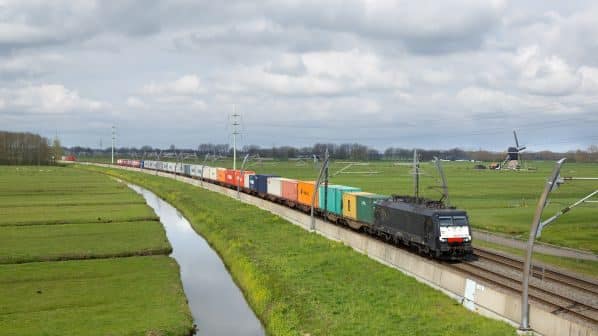THE European Commission (EC) has presented a proposal to update the Combined Transport Directive, which aims to improve the efficiency and competitiveness of intermodal freight transport in Europe. The update will also support the objectives of the Green Transport Package presented by the EC in July.
The Combined Transport Directive aims to increase the uptake of intermodal transport by offering a clear definition of intermodal operations and by establishing a framework of regulatory and non-regulatory support. It is the only current piece of European Union (EU) legislation relating to intermodal transport but has undergone no significant revisions since it was introduced in 1992 - two proposals presented by the EC in 1998 and 2017 were withdrawn.
With some elements of the directive now considered outdated, and the European Green Deal calling for a shift away from more polluting road transport to rail and inland waterways for long-haul freight, the commission is again proposing an update to offer what it hopes is a more ambitious framework for modal shift.
The EC favours combined transport for its economic, environmental and safety benefits over road transport. Yet rail and inland waterways struggle to compete with road on medium and shorter distances due to administrative hurdles, transhipment costs, and a complete internalisation of external costs. “The Combined Transport Directive creates a support framework to increase the competitiveness of intermodal and combined transport and thereby promote a shift away from road-only transport,” the EC says.
Under the proposal, the EC says the currently partly ambiguous definition, which is problematic for some operators, will be replaced with a completely new approach that will ensure support will focus on combined transport operations. These are defined as intermodal operations that “reduce by at least 40% the negative externalities” compared with road transport.
Digital platforms established under the Electric Freight Transport Information Regulation (eFTI) will provide a tool to enable transport providers to prove whether their operation is eligible for specific combined transport support. This will help to eliminate previous issues at national and international level concerning eligible operations.
The revised directive will also set a specific target for EU member states to improve the competitiveness of combined transport by providing an assessment of the barriers hindering uptake. They will also ensure that national policy frameworks allow for an overall reduction of the average cost of door-to-door combined transport operations by 10%. Information about national support measures must be easily accessible and will set obligations for terminal operators to publish information about the services they provide.
In addition, the EC has also proposed three provisions for promoting intermodal transport in general:
- it reiterates that like single-mode transport, all intermodal transport is free of authorisations and quotas
- it establishes a new obligation on member states to adopt a national policy framework for facilitating the uptake of intermodal transport, and
- it establishes a transparency requirement for intermodal transhipment terminals to ensure that potential customers can easily find out which services and facilities are available.
For the combined transport specifically, the proposal includes two additional support measures:
- it establishes a new EU-wide exemption from weekend, holiday and night driving bans for the short road legs of combined transport to ensure better use of terminal and non-road infrastructure capacity, and
- it establishes a target for member states to reduce the average door-to-door cost of combined transport operations by at least 10% within seven years.

European transport commissioner, Ms Adina Valean, revealed the proposal during an unveiling ceremony for the Combined Transport Delivers exhibition at the European Parliament on November 7.
The proposal will now be considered by the European Parliament and the European Council under the ordinary legislative procedure.
Revisions to the Combined Transport Directive fall within the Green Transport Package proposed by the EC last summer. They also include updates to rail infrastructure management in an effort to boost network capacity; the Weights and Dimensions Directive for heavy goods road vehicles; and a common method for calculating greenhouse emissions through CountEmissions EU.
The European rail industry is lobbying for the consideration of all of these proposals together as a single legislative package following indications that the Weights and Dimensions Directive would be considered alone.
The response
The International Union for Road-Rail Combined Transport (UIRR) says in its initial review, the amendment promises a “true revolution.” It is especially encouraged by the explicit recognition of combined transport over long-distance road transport; the requirement for member states to draw up a strategic freight transport plan; mandating measures that will reduce the cost of combined transport by 10%; and extending qualification to include domestic operations.
“The components of the Greening Freight Transport Package impacting the road side, the Weights and Dimensions and the Combined Transport directive amendments and the new CountEmissionsEU Regulation should be considered together,” says UIRR president, Mr Ralf-Charley Schultze. “The European Parliament’s Committee on Transport and Tourism should grant a few weeks’ delay for submitting the Weights and Dimensions amendments to enable the factoring of Combined Transport considerations.”




